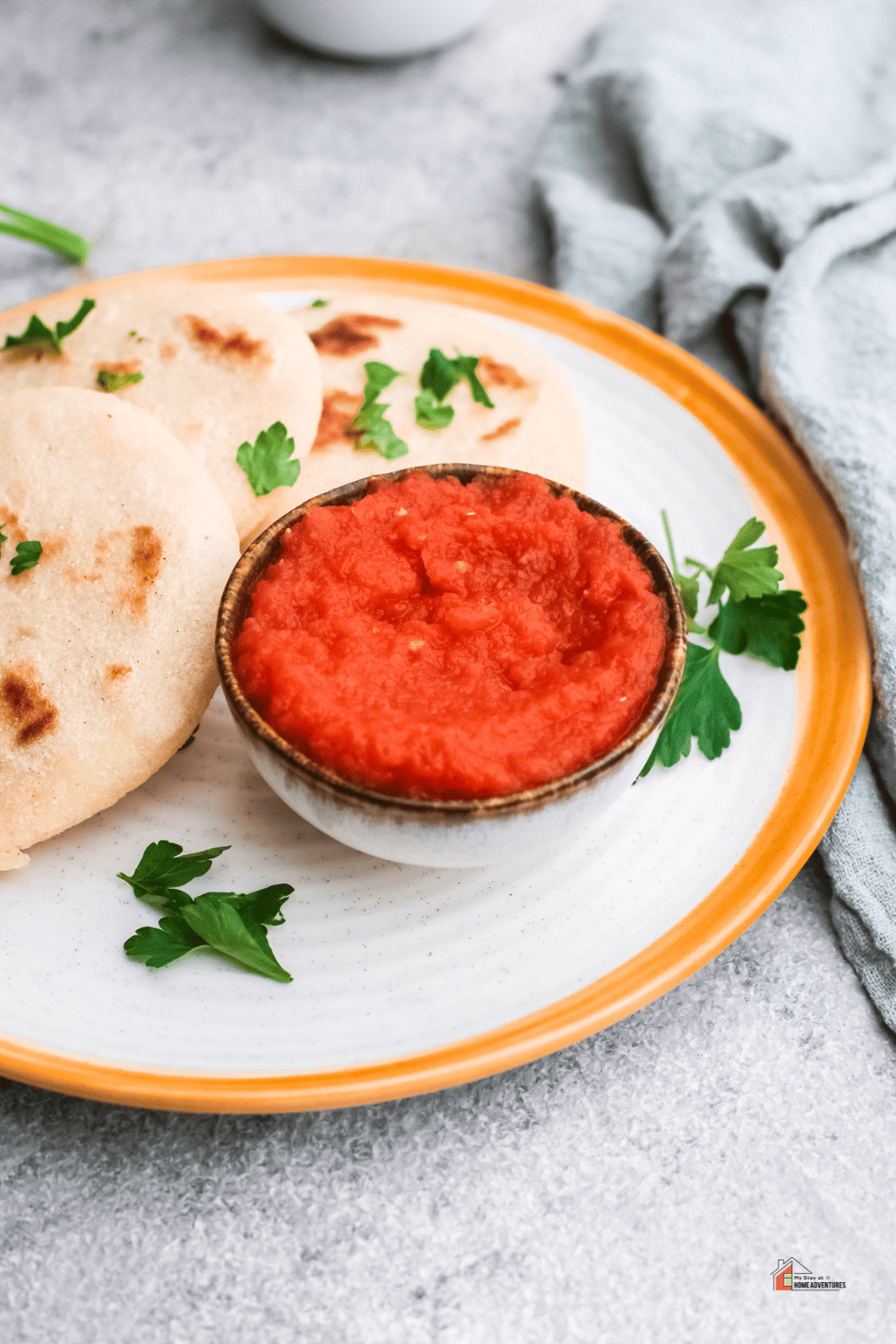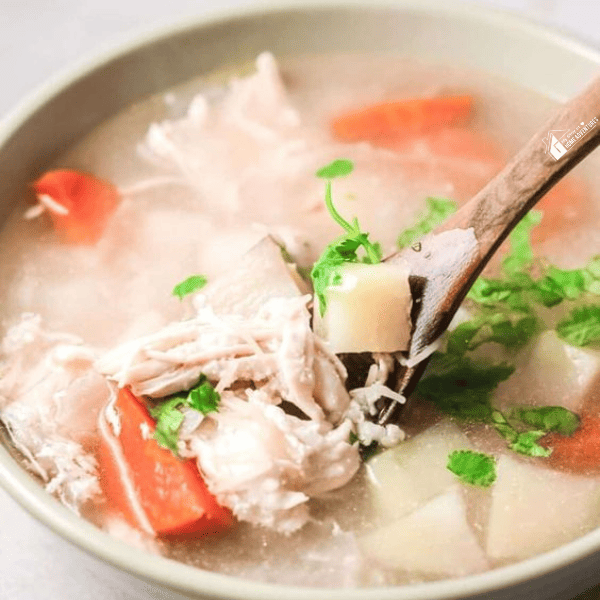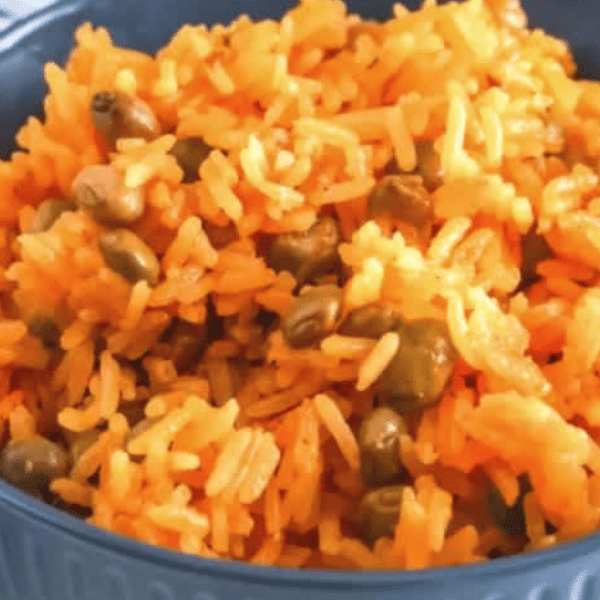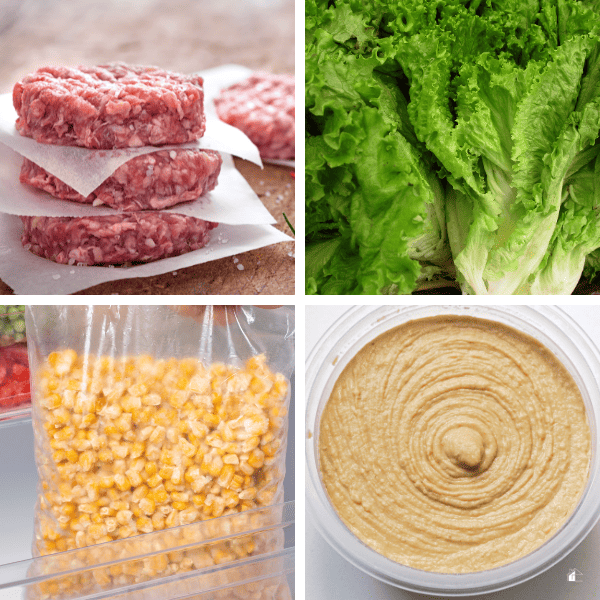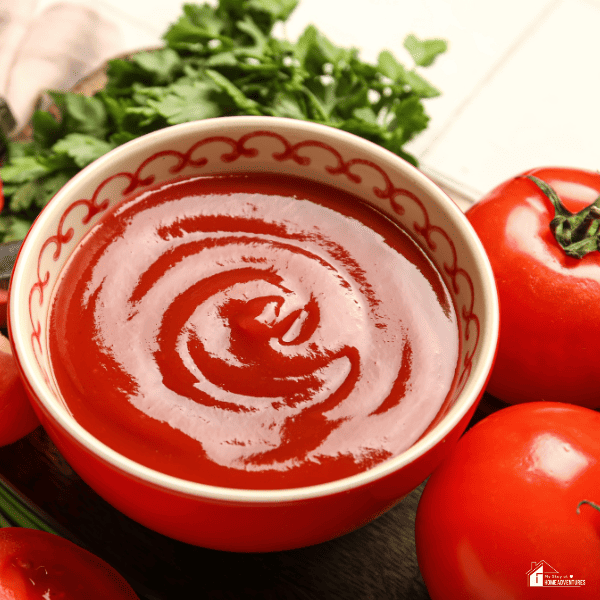Salsa Roja (Pupusa salsa)
This post may contain affiliate links which might earn us money. Please read my Disclosure and Privacy policies hereSalsa roja, also known as Pupusa salsa, is a spicy and flavorful sauce essential to El Salvadoran cuisine. Spice up your meal with this perfect salsa roja! Whether you're serving it with pupusas or Salvadoran enchiladas, this sauce is the ideal pairing.
Not only is it perfectly spicy, but it also adds a delicious kick to any recipe. Try it today and taste the difference!
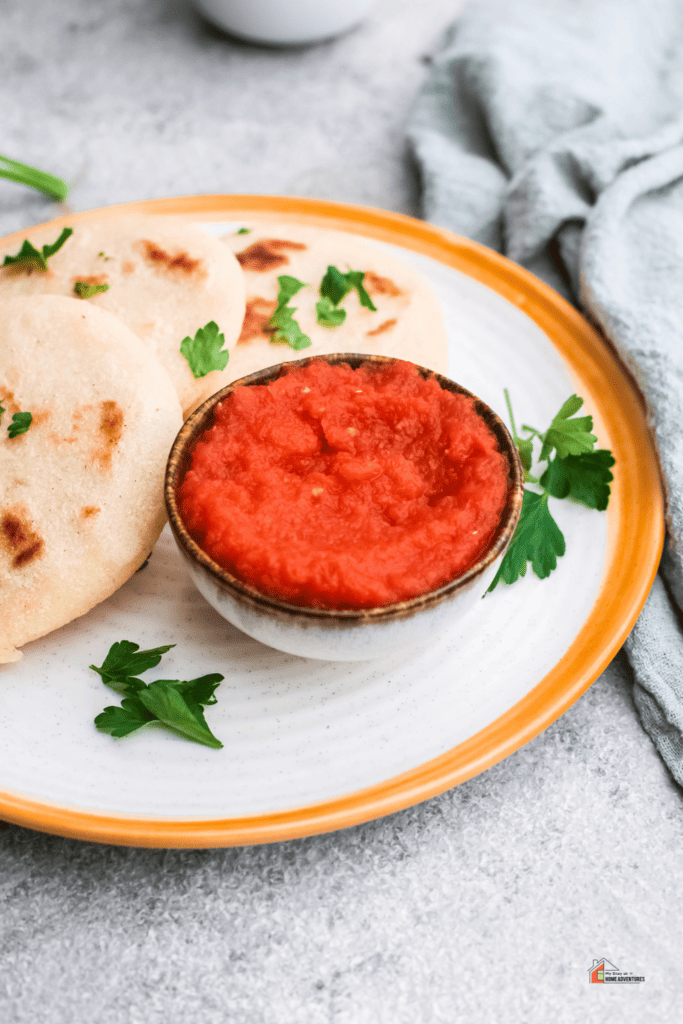
What is Salsa roja?
Salsa roja is a delicious and popular sauce that originates from El Salvador. It is commonly used as a condiment to accompany pupusas, which are thick corn tortillas filled with cheese, beans, or meat. Salsa roja is a versatile condiment that can be used in various ways.
It can be served alongside other traditional Salvadoran dishes such as yuca frita or tamales. It can also be used as a dip for tortilla chips, a marinade for meats, or a flavorful topping for tacos and burritos. This sauce is not only delicious but it is also packed with health benefits.
The tomatoes in the salsa are rich in lycopene, which is a powerful antioxidant that helps protect against cancer and heart disease. The chili peppers in the salsa are also known to boost metabolism and reduce inflammation.
You might enjoy these recipes:
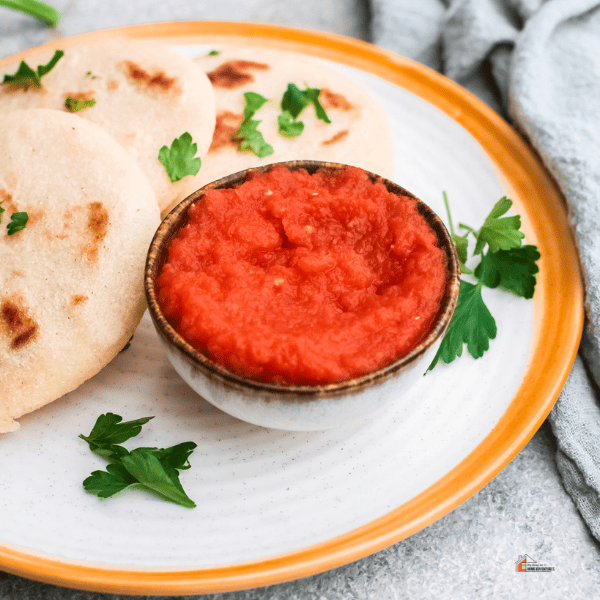
What is pupusa sauce made of?
The primary ingredients in pupusa sauce include ripe tomatoes, chili peppers, onions, garlic, cilantro, and vinegar. To make the sauce, the ingredients are typically chopped and blended together to create a smooth and flavorful sauce with a spicy kick.
Some people may also add additional ingredients, such as lime juice or oregano, to enhance the flavor further. The exact recipe for pupusa sauce can vary depending on personal preference and regional differences.
Some people prefer a milder sauce, while others like it spicier. However, regardless of the recipe used, pupusa sauce is a versatile condiment that can add flavor and spice to various dishes, from traditional pupusas to tacos, burritos, and more.
What is the meaning of salsa roja?
The term “salsa roja” translates to “red sauce” in English. It is a general term used to describe a wide range of red sauces used in Mexican and Central American cuisine, including the traditional pupusa salsa found in El Salvador. In general, salsa roja is a tomato-based sauce that is flavored with chili peppers, garlic, onions, and other spices.
The specific ingredients used can vary depending on the recipe and the region, resulting in different levels of heat and flavor. Salsa roja can be used as a condiment for a variety of dishes, such as tacos, burritos, enchiladas, and more. It adds a bold and spicy flavor to any dish, making it a popular choice for those who love to add a little kick to their meals.

How do you store salsa in the freezer?
To store and freeze salsa roja, it is important to ensure that it is properly stored in an airtight container. If you plan to consume the salsa within a few days, storing it in the refrigerator is the best option. Salsa roja can last in the fridge for up to one week, but it may start to lose its flavor after a few days.
If you want to store salsa roja for a longer period, you can freeze it. Simply put the salsa in an airtight container or freezer bag and place it in the freezer. Salsa roja can stay frozen for up to four months. When you're ready to use it, thaw it in the refrigerator overnight and give it a good stir before serving.
It's important to note that freezing salsa roja may change its texture slightly and may not be as fresh-tasting as when it was first made. However, freezing salsa roja is still a great way to preserve it and ensure that it doesn't go to waste.
Overall, whether you store salsa roja in the fridge or freezer, it's important to ensure it's stored properly to ensure maximum freshness and flavor.
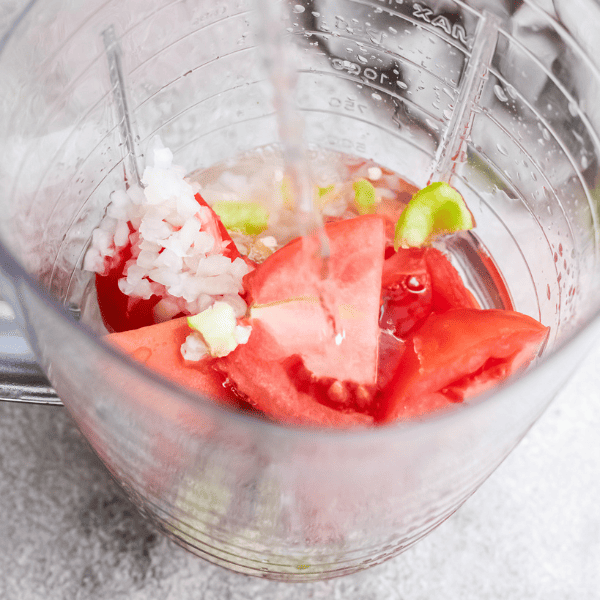
Ingredients To Make Salsa Roja:
Making delicious salsa roja is easy and can be done with just a few simple ingredients. You are going to need the following:
- Tomatoes – quartered
- Onion – diced
- Garlic clove
- Chile – diced
- Water
- Bouillon cube
- Oil
- Vinegar
How to Make Salsa Roja:
Now that you have the ingredients, it is time to make Salsa Roja. With a prep time of 5 minutes and a cooking time of 30 minutes, follow the steps below to make Salsa roja:

First, add the tomatoes, onion, garlic clove, water, chiles, and bouillon to the blender glass and pulse until everything is well combined. It takes around 3 minutes.
Note that traditional Salvadoran salsa roja is not super spicy. If you want yours to be hotter, add more chiles. You can also adjust and add some extra salt if you want your sauce to be saltier.
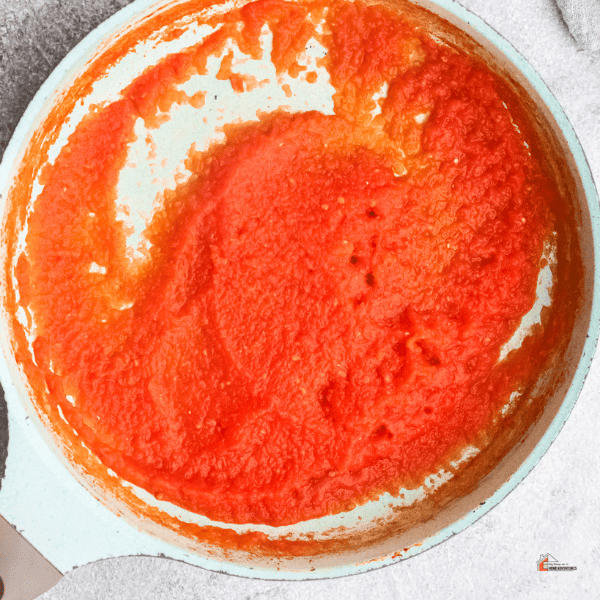
Finally, heat the oil in a large saucepan over medium heat. Then, pour the sauce and stir in the vinegar.
Cook for 25 minutes or until the sauce has reduced and thickened. Take note that the end result is not too thick.
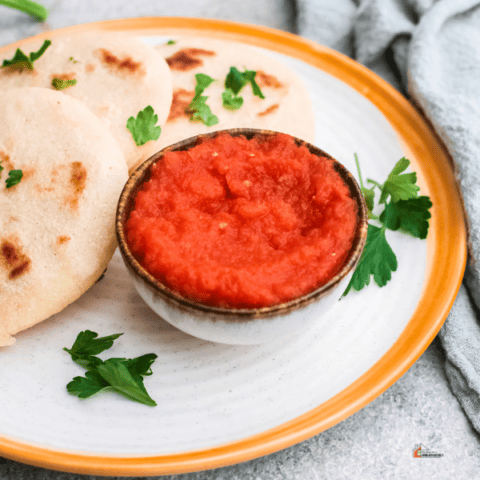
Salsa roja (Pupusa salsa)
This salsa roja is perfect to serve with pupusas and it’s also perfect to serve with salvadoran enchiladas. It’s perfectly spicy and gives any recipe a delicious kick.
Ingredients
- 4 Tomatoes, quartered
- ⅓ Cup onion, diced
- 1 Garlic clove
- 1 Chile, diced
- 3 ½ Cups water
- 1 Bouillon cube
- 1 Tbsp oil
- 1 tsp vinegar
Instructions
- Add the tomatoes, onion, garlic clove, water, chiles, and bouillon to the glass of a blender and pulse until everything is well combined. Around 3 minutes.
- Heat the oil in a large saucepan over medium heat. Pour the sauce and stir in the vinegar. Cook for 25 minutes or until the sauce has reduced and thickened.
Notes
- Traditional salvadoran salsa roja is not super spicy. If you want yours to be hotter just add more chiles.
- You can also adjust and add some extra salt if you want your sauce to be saltier.
- The end result is not too thick.
Nutrition Information:
Yield: 2 Serving Size: 1Amount Per Serving: Calories: 274Total Fat: 16gSaturated Fat: 1gTrans Fat: 0gUnsaturated Fat: 13gCholesterol: 0mgSodium: 542mgCarbohydrates: 32gFiber: 8gSugar: 19gProtein: 7g
These nutritional calculations might not be accurate. Please speak with a licensed nutritionist to assist you.

